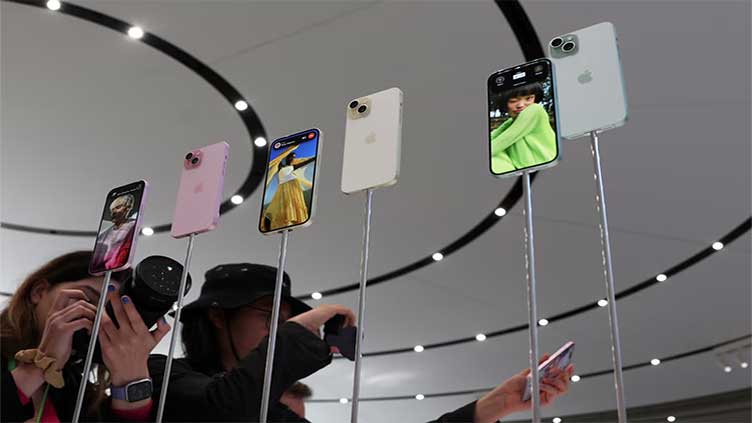Apple releases new feature to hide 'distracting' parts of web

Technology
Tool is intended to stop pop-ups and other content that covers websites
Web Desk) - Apple is adding a new feature intended to hide the “distracting” parts of websites.
The feature, called “Distraction Control”, allows people to hide the content that covers up web pages as they move around the internet.
It is aimed at removing the email sign-up pages that often show up on websites, for instance, and can also be used on the cookie and GDPR pop-ups that are now required across much of the web.
If users block one of those important pop-ups before they choose their settings, it will be as if they have just dismissed the pop-up, Apple said.
The new feature will be available on the Mac, iPhone and iPad later this year.
It will appear in the bar at the top or bottom of the browser, where users can click to turn it on. They will then be able to pick the distracting content they do not want to see, and have it removed – and it will stay removed when they navigate back to the website.
It relies on tools that Apple has built to identify those parts of websites and allow them to be switched off.
The feature will not hide ads or other areas that often change their content. Users will be warned about that when they turn the feature on.
The hidden elements can also be brought back by clicking on the icon in the search field and selecting the “Show Hidden Items” button.
The feature will be in macOS Sequoia and iOS 18 when they are released to the public later this year. But they have just been added to the new developer betas of those updates, meaning that those in Apple’s scheme can use them now.
It is one of a range of changes that will come to Safari with those updates. They also include a new highlights tool that shows relevant information from websites, and a new Reader mode that uses artificial intelligence to summarise web pages.
The tool is just the latest feature that Apple has built to minimise the effect of some marketing tactics, such as stopping newsletter senders from knowing whether a message has been sent and allowing users to select an “ask app not to track” setting that will stop apps from being able to know a device’s unique identifier and follow it between apps.


